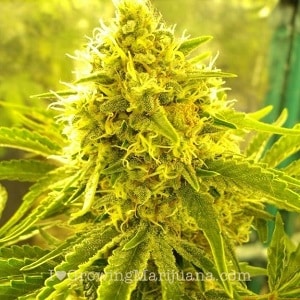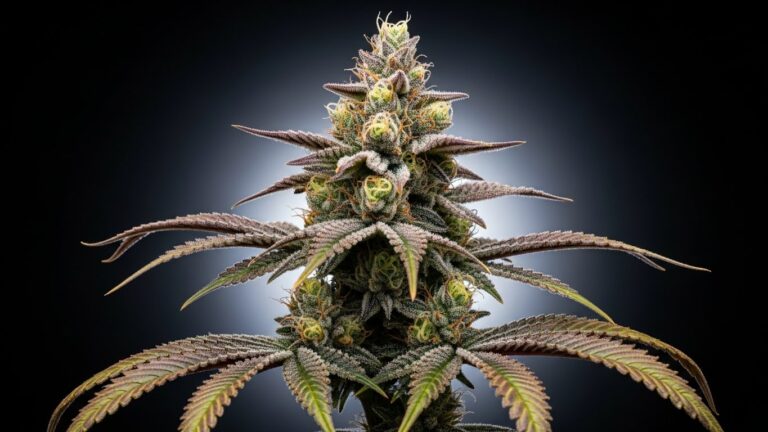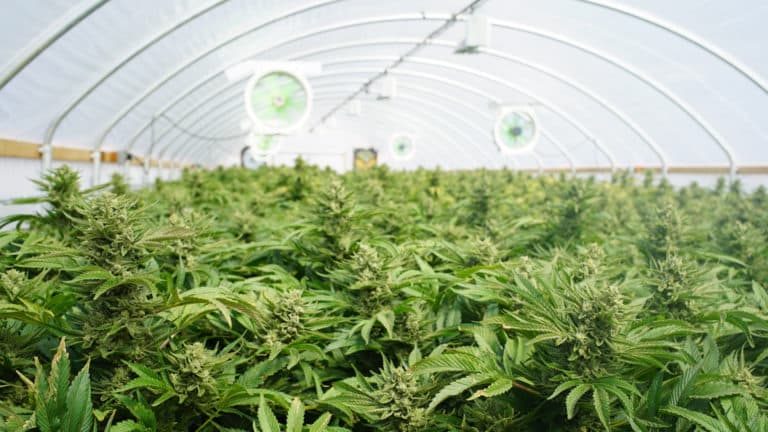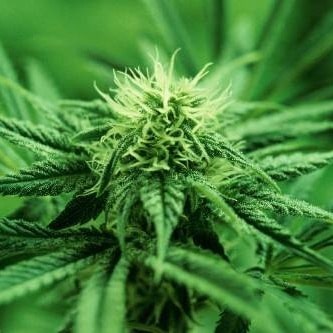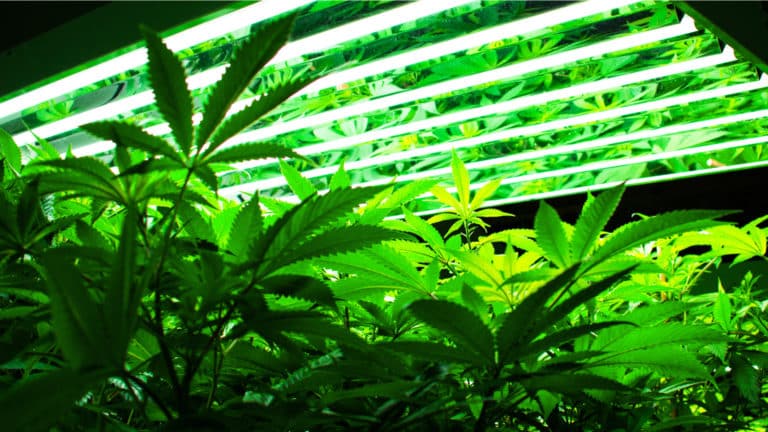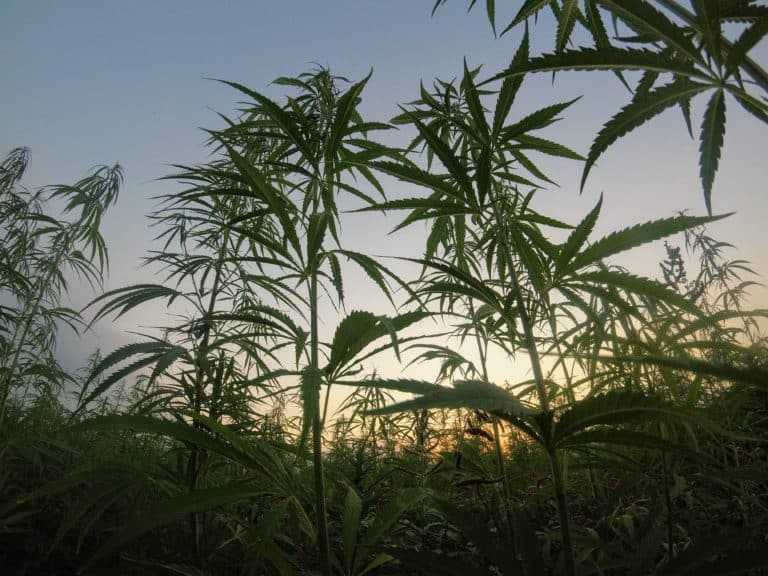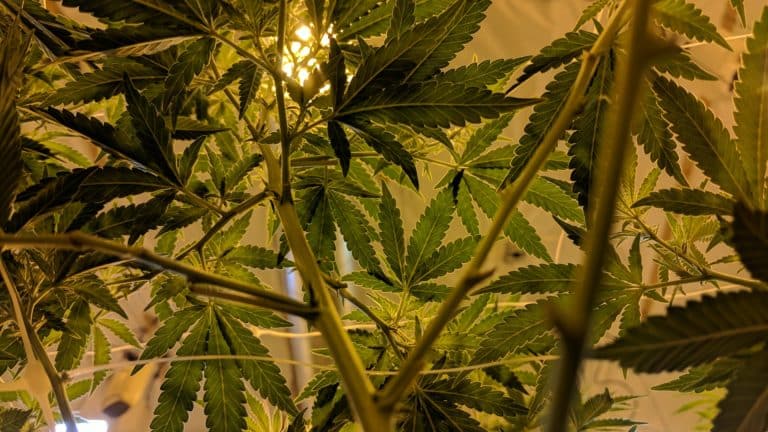All living things on earth need water (H2O) to survive. Plants (just like humans) require water and are made up of about 2/3 water. It’s important to have a good understanding of the type of water that your plants receive in the same way that it’s important to know how different foods have different effects on our own bodies. Water content is always different, so we’ve provided a few guidelines to understand how it’s used.
The pH scale essentially measures the acidity and alkalinity levels in water. “pH” is an acronym for the potential (p) of the existence of the hydrogen ion (H+) in the water. The scale runs from 1 to 14, meaning that a pH of 7.0 has an equal balance between hydrogen ions (H+) and hydroxyl ions (OH-).
You can think of pH like the hotness or coldness of your food. If your food is too hot, then you will burn your tongue or get heartburn. If it’s too cold, your teeth will hurt and you’ll get brain freeze. Finding the ideal pH balance is important for marijuana plants to absorb their food and have good health. Download my free marijuana grow bible for more tips about marijuana plants levels.
The plant may experience conditions throughout the scale that affect its ability to absorb certain nutrients. That’s why it’s very important to monitor the pH levels in the soil and the water so the roots and the plant itself remain healthy.
Soil, Hydro-, Aero-
The medium of soil acts as a buffer that can mitigate damage from any mistakes. That is to say, soil is much more forgiving for newbies. Of course, any damage that occurs with soil is much more difficult to fix. To avoid poor pH levels, mix a sample of your soil with distilled water, and then test the pH level of the water.
Hydroponic systems function by feeding all the nutrients a plant needs through mediums that are rather inert compared to soil. This effectively reduces the buffer zone that soil provides. Cocos or rock-wool can still provide a small buffer that contains its own pH level. Of course, you should compensate for that by adjusting the nutrient solution.
With aeroponics, there is no medium, which means there is no buffer. You won’t have to compensate for any medium so the nutrient solution in the water can be input directly.
It should be noted that the pH level of a nutrient solution is not always the same as the pH level at the plants’ roots. Look at the table to find compensation values for different mediums. pH, EC, and PPM values are often contingent on temperature and time.
The primary food delivery system is water, and the plants use a process called “osmosis” to make it happen. The plants pull in nutrients through their roots and the nutrient levels are balanced in the water that’s in the plant and the water that’s around the roots. All the nutrients are absorbed through the external water, and the plant discharges waste (salts). Plants use the same “don’t-shit-where-you-eat” logic that we do, meaning that it’s important to understand how many and what nutrients are in the water.
EC and PPM
Inexpensive pH meters can be found at most garden centers, grow shops, and pond stores. You can measure the concentration of ionic salts in the water with two different scales:
- Electrical Conductivity (EC)
- Parts Per Million (PPM, also called “Total Dissolved Solids” or TDC)
Water that is pure H2O will not efficiently conduct electricity, but most tap water will contain necessary ions (H+ and Cl-) for conducting electricity. More ions will result in better conductivity. We use this relationship to determine how many nutrients (salts) are in the water.
Plants require diets that are as diverse as diets for people. Some plants may need larger meals that offer more nutrients for growing. By contrast, other plants might be “drowned” by too many nutrients and would require smaller meals. The best EC values will differ depending on the foods provided and the plants themselves.
Feeding the Plants
Soil For the most part, the pH balance is more important to soil growers than EC/PPM values (although an EC meter is always a good investment). You can monitor the soil using only pH and staying within the recommended range.
That being said, some nutrients are absorbed more fluidly at different pH levels. The graph illustrates the ideal pH values to optimize nutrient absorption. For instance, nitrogen (N) absorbs better at pH 6.0, while phosphorous (P) and potassium (K) are better at 6.25 and up. This may necessitate a change in pH values when you shift from vegetative state to flowering.
Quick Tip: Always prepare the formula before measuring and changing the pH when you’re mixing a nutrient solution.
Hydro-, Aero- Because hydro- and aero- mediums limit the effect of the buffer, it’s important to focus on EC, PPM, And pH. Nutrients can be absorbed more easily at different EC values. Hydro- and aero- mediums use direct feeding, which means that you have to carefully ensure that the plants won’t starve while also making sure that they don’t receive too many nutrients which can restrict absorption.
If you’re using reservoir or re-circulatory water systems, then certain cleansing methods like reverse osmosis can drastically improve water quality. It effectively filters out surplus salt build-ups, ensuring that growers will be able to maintain their water quality and support the absorption of nutrients. All of this is sure to provide maximized results.
In the end, making sure that your water quality is high requires some work, but it’s important to achieve a successful product. Next week I’ll upload some example feeding schedules and show you how to mix and level your water. If you want start growing your won marijuana? Download my free grow guide and check out my marijuana seedshop for a wide selection of top quality marijuana seeds. We ship seeds to the US, CA and many other countries. For any growing related question please visit the marijuana support page.
Source: ILoveGrowingMarijuana.Com



